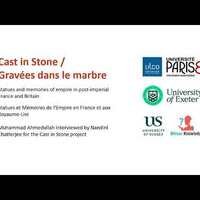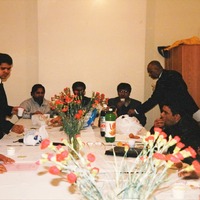How to cite this page Comment citer cette page
Interview of Muhammad Ahmedullah, by Nandini Chatterjee
Interview
- Media metadata | Métadonnées multimédias
- interviewer | interviewer
- Nandini Chatterjee
- interviewee | interviewé
- Muhammad Ahmedullah
- took place on | a eu lieu le
- 2 December 2023
- took place at | a eu lieu dans
- Online
- right held by | droit détenu par
- Muhammad Ahmedullah and Nandini Chatterjee

